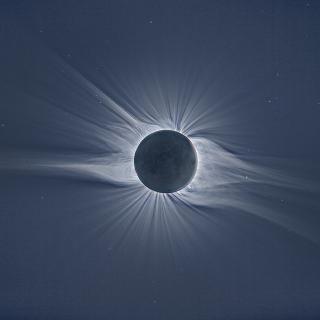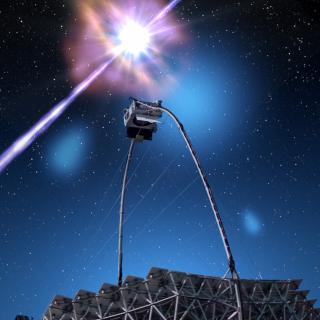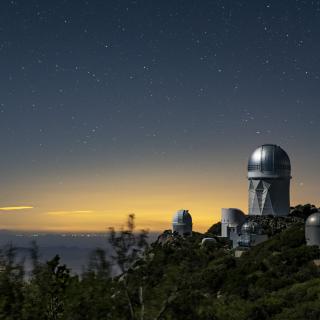
Caption: Total solar eclipse from Novosibirsk (Russia). In a total eclipse of the Sun, the Moon exactly covers the disk of the Sun. For a few minutes there is almost total darkness (in broad daylight) and you can see the sun's corona, the stars and the brightest planets. Credits: J.C. Married & D. Lopez - starryearth.com. Shelios 2008. An international team led by the University of Queen, of Belfast, and in which the researcher of the Institute of Astrophysics of the Canary Islands (IAC) Andrés Asensio Ramos participates, discovers why the magnetic waves inside the Sun strengthen and grow as
Advertised on




